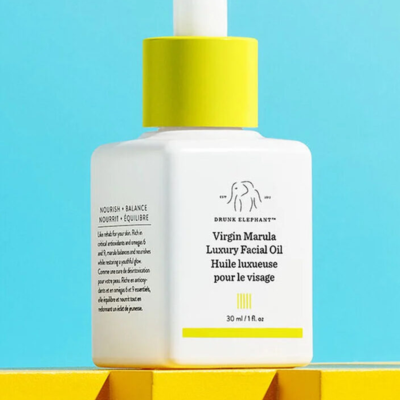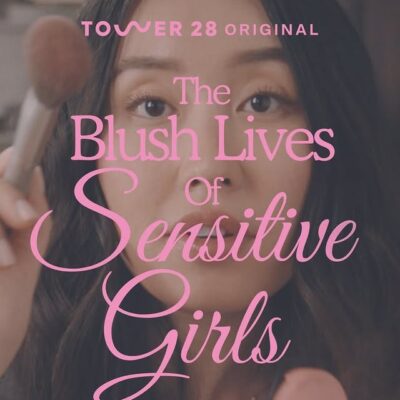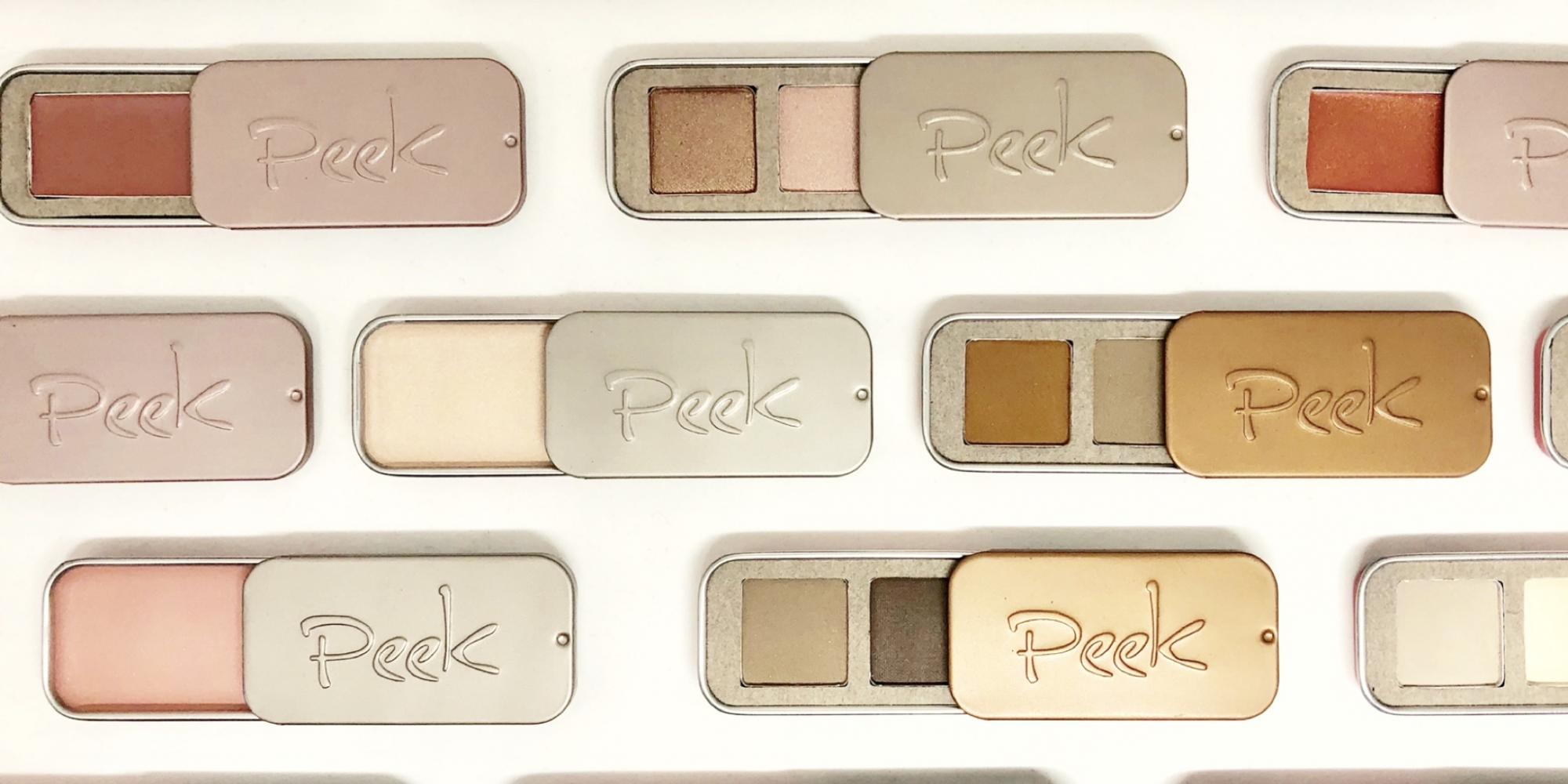
Lip Venom Inventor Cristina Bartolucci Channels Her Quirky Product Genius Into Building Peek With Merchandise That Couldn’t Come From Anyone Else
Cristina Bartolucci is best known for Lip Venom, the plumping product she invented while helming DuWop Cosmetics with former partner Laura LaRocca, but she’s no one-hit product wonder. Previously chief creative officer of NYX Cosmetics, Bartolucci developed a highlight and contour duo for the brand that’s been a strong seller and, today, conceives of products the rest of us will be talking about tomorrow at four-year-old cosmetics brand Peek. “I think of myself as risk-adverse, but my passion to create products has sort of body-snatched me and turned me into this ridiculously risk-taking person,” she says. “It wasn’t like I was born an entrepreneur. I was born a goofy artist. It was the beauty bug that bit me that caused me to be an entrepreneur.” Beauty Independent picked Bartolucci’s incomparable brain to learn about her journey from “Felicity,” where she was in the makeup department and witnessed the haircut that shocked the nation, to entrepreneurialism, distribution lows, product highs, the importance of listening and the role of black eye primer in the birth of her brand.
How did you get from DuWop to Peek?
I originally came to Los Angeles because I wanted to be a writer for soap operas. I thought they were so campy. I went to UC Berkeley and, right out of college, I got a writing internship at “General Hospital.” It was my dream job. They brought in a producer named Gloria Monty, and she cleaned house. It was incredibly generous that I was kept, but I got moved to the copy room. You had to collate and copy 175 scripts every day. I couldn’t do it at all. It was hilarious. I left without knowing what I was going to do.
I had gone to beauty school during college and worked as a hairdresser just really to irritate my dad who wanted me to be on a very straight path. I had a roommate working on a set. They needed help, and I had my hair background. I went to work on set, and I didn’t stop working in the film industry for 12 or 13 years. I was like Forrest Gump in a way. I seemed to happen into all of these amazing cultural moments in entertainment through makeup. The first movie I worked on, where I met my husband, was “When The Party’s Over” starring Sandra Bullock. I ended up working on “Pulp Fiction” as a makeup assistant. The cast and crew was very tight, and I met Bruce Willis. He was incredibly supportive, and I did four movies with him.
Then, I happened into “Felicity,” which, at the time, was such a little show. It was so amazing and precious to everyone who worked on it. While I was at “Felicity,” I worked with a hairdresser who was a dear friend of mine and very good with business. We would create products together from our imagination. The actresses would tease us that the products were tested on actors, not animals. [Executive producer and writer] J.J. [Abrams] wrote scenes for us with the products. I walked into so many breaks.
We launched DuWop in 1999. Our second product came about because, if Keri [Russell] had a scene where she was kissing anyone, her lips would get full and beautiful. My partner [LaRocca] and I tried to figure out how to recreate that flush on your lips that comes from kissing someone. So, we created Lip Venom, and the product was a hit. We experienced a trajectory that many companies experience where we had a hit product, but we weren’t sure how to build a company. We ended up losing the company. I stayed on because I was trying to save it, but it wasn’t fruitful.
NYX reached out to me through a recruiter. I was privileged to work with [founder] Toni Ko and [former vice president of marketing] Tonie Shin. NYX made this beautiful chubby eye pencil product. I put the black shade of it on my hand and arm, and put bright shadows over it. It brought out the shimmer, and made it deeper and more dimensional. I thought, “Gosh, this could be a great product.” At that point, I realized my sensibilities weren’t necessarily a match for corporate. I think I’ve never been corporate. I’m too quirky. I called the CEO Scott [Friedman] and said, “I will not release it if you have issues with it.” He looked through everything and said, “Go for it.” It was so big of him, and it was one of those yesses from the universe that I needed. It became Basic Black, one of our eye products.
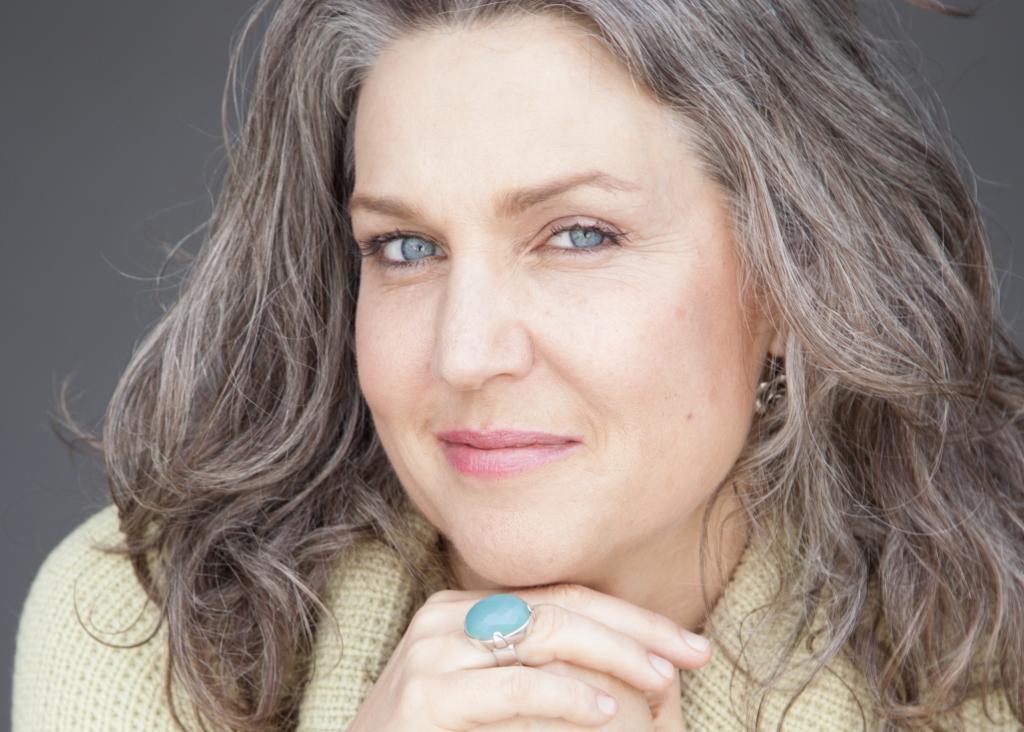
Peek’s products come in tins and the tins cost $22. Why?
I wanted to put products in tins because the sound of when you slide the top back and forth is so comforting. Remember the click of lip glosses? Tins also have a retro futuristic feel that I love. Plus, if the product gets hot, it stays in the tin. There’s padding that keeps it from seeping out. I decided early only that the products would be $22 in the tin, and my cost of goods evened out because some of them were more expensive and some of them were less expensive. The price created simplicity that worked out really well. Our pricing becomes part of our branding. It’s iconic. At $22 for a Peek product, you get a super high-quality product.
How much did it cost to launch the brand?
We took a second out on our house, and it cost $100,000. It was beyond terrifying. I was thinking, “I’m in my 50s. What the heck am I doing?” But I didn’t choose it. It chose me.
What did Peek launch with?
I launched with three products. One of them was originally called Brow Henna, and I trademarked the name. I was so excited because we had coffee seed oil in it that made the product last forever. I took it to Sephora, and they were really interested. Then, I got an email from the Sephora lawyer saying henna is illegal to use in eye products, and I never heard from them again. The henna we used was clear, and the coffee seed oil was the effective ingredient. I kept the same formula, but dropped the henna and relaunched it as Expresso Natural Stain Brow Powder. Another product was “It’s Not” Black and White Eye Primer. I realized it was way too complicated, and I tweaked it and just kept the black.
Then, we launched Nom Nom, which is an ode to the lip plumper. I thought it would be really fun to plump in a natural way. I thought of chili pepper because it had been in the original formula I worked on, and it has cinnamon. It flushes your lips and has a bit of color. I named it Nom Nom because nom is the last syllable in venom. It’s a little private joke, but nom nom also means yummy.
The next product that got people’s attention was the blush, Metalimatte. It’s based on the concept that you can have something that has the velvety softness of a matte finish with the very subtle sheen of a highlighting product. It mixes different elements. It’s a blush with the highlighter worked into it. It’s going to highlight your cheeks without you having to put on highlighter. The next step now is that we are launching palettes. I thought it would be weird for people to have them in a little tin. Were they going to feel they were getting enough? An alternative was to give them the whole look sans mascara and foundation for $55.
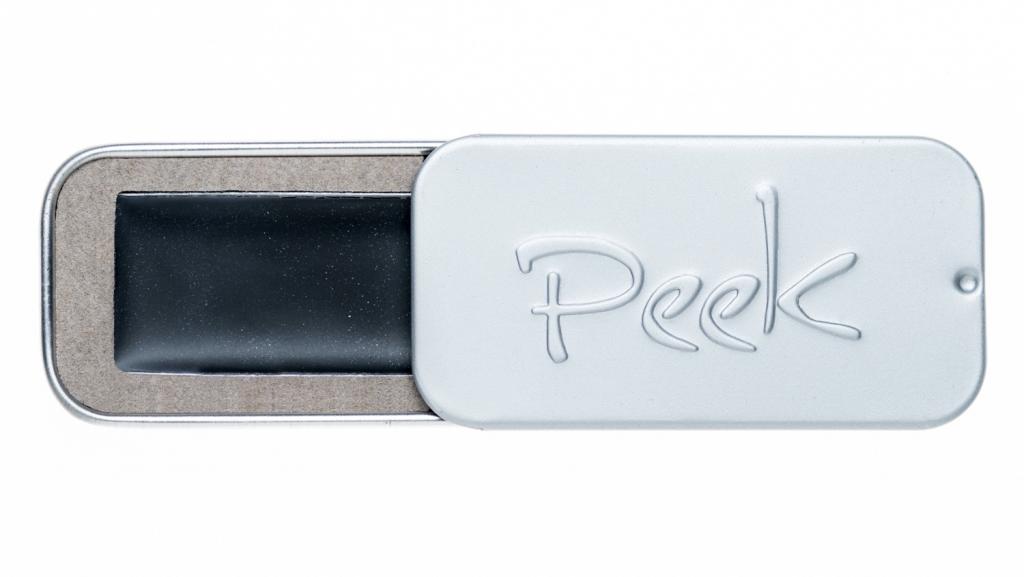
The brand entered Space NK early on. What happened?
It was amazing that they launched it, but I just didn’t have the resources to support it. It didn’t have the shelf presence to make it. It’s as simple as that. It should have discouraged me, but it didn’t. I started to work with subscription boxes, and they’ve been amazing partners. I am able to show the products to people and get them excited. We’ve partnered with Ipsy and Birchbox, and are just beginning a partnership with FabFitFun. The first box that gave us a shot was Ipsy. Peek is on the natural side for Ipsy. Women at Ipsy really love their makeup, but the community was amazing. Their interest was so affirming to me.
What do you want going forward with distribution?
I see Peek finding niche boutiques and apothecaries that match us like Space NK, but on a smaller scale without the financial contribution that’s necessary to work with a big company. I just want to be able to make the products and not cause financial harm to my family.
What about Amazon?
We just started with Amazon. There have been counterfeit sellers up there that weren’t representative of us. Everything we sell is $22, but people were selling samples and all sorts of things. What I’m trying to do is deal with Amazon in a real honest way. I let them know when unauthorized sellers are on there, but, at the same time, trying to get in the game and put our stuff up there to see what happens.
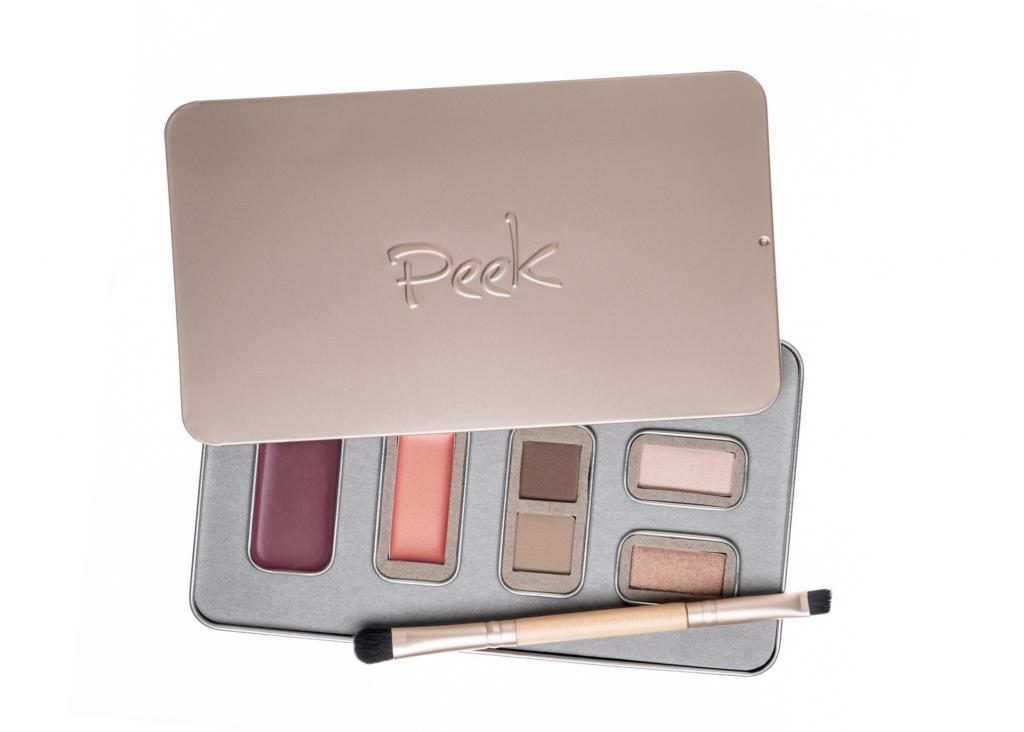
What do you expect for Peek’s sales this year?
Based on last year, we are looking at $750,000.
What’s working for the brand on social media?
What’s worked for the brand is posting an image on social media every day and on Instagram Stories most days. The content is genuine in that we have created it or one of our brand ambassadors has created it, and it creates a vibe, but doesn’t create a vibe at all costs. It’s not every single picture having a white background or every single picture being an Insta-picture. I thought about, “How do you create something beautiful in a tiny space, humanize it and make it a little raw?” Really, I don’t have a choice. I have to make it work with what I have.
What’s different about your position at Peek Beauty from your position at DuWop?
I never touched the business end of it when I was with DuWop. I was completely in a cocoon doing my own thing. I never realized the depth of what my partner, who was dealing more with the business, was doing until I had to try to do it myself. So, I learned to have huge respect for what you have to go through dealing with the bottom line. I learned that, if you don’t know the details, you don’t have the big picture, and that’s been a huge life lesson.
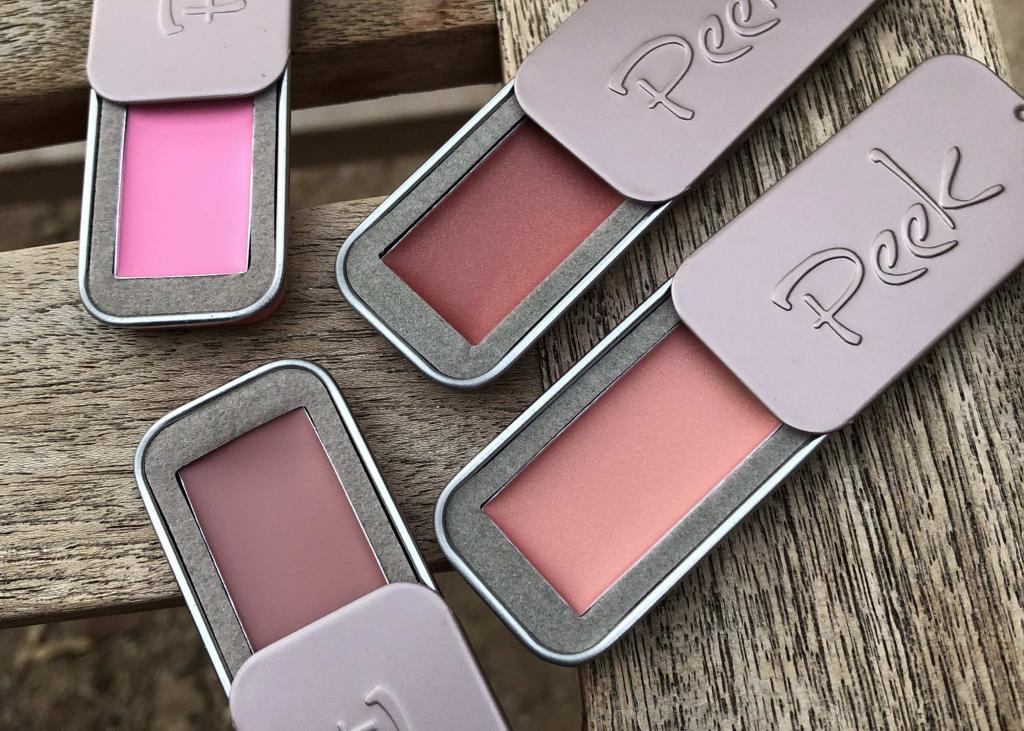
Who have been your mentors?
First and foremost, my partner at DuWop. She understood so much intuitively that I didn’t understand until I had my next company. A long time ago, when I was first starting DuWop, I walked into Mr Chow in overalls with my child who is now 21, and Emily Dougherty, now editor-in-chief of NewBeauty, was there for lunch with DuWop. She looked at me and said, “No matter what, when you are designing, you have to think about the page.” She said, “Think about the art directors and the people on the creative side of media who need to put something on the page that has to be beautiful.” I know the page now is the screen, but, when I’m creating something, I always imagine a picture being taken of it, and I try to put artistry into packaging design because it does matter.
Sonia Summers, [CEO of Beauty Strategy Group,] has been an amazing mentor. She came to the West Coast to work for DuWop, and has been such a champion and advocate for what I’m doing at Peek. She’s creating an amazing company on her own now, but I can always go to her to ask her what she thinks. I have another partner, Blossom Beauty Group, that facilitated my product development. [Blossom Beauty Group president] Rene [Walczak] is such a pro, and the people I’ve met through Blossom have supported my company intellectually and spiritually. Partners like Sonia and Blossom make all the difference.
What’s on your brand’s soundtrack?
There is this band called Nancy And Beth. They’re not everybody’s taste, but they’re just genius. It’s two women [Stephanie Hunt and Megan Mullally], and it’s like performance art. It’s like Broadway slash folk slash vaudeville. It’s unbelievable. This band is so great, I would follow them around the country. Check out the video for Please Mr Jailer.
Do you feel you’re often so advanced you’re misunderstood?
It’s not necessarily advanced. It’s just you’re not marching to the same beat as everyone else, as much as you may try. It seems like sometimes it doesn’t intersect, and I feel sometimes it may not ever, and that’s fine.
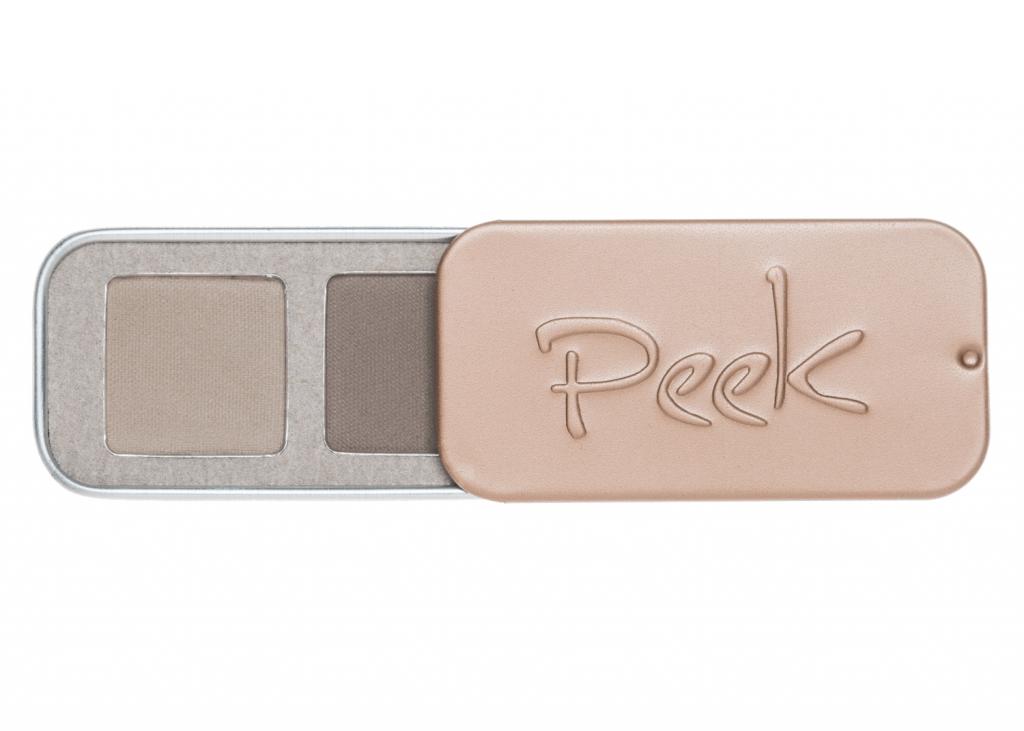
You’re older than many entrepreneurs in the indie beauty space. Do you think about that?
There’s no better time to be an older entrepreneur than now because women’s voices are being heard so much more. There’s so much breadth to what is going on. And, hey, why not? Life is short. I want to feel the contribution I make is in keeping with my values.
Do you work differently than you did earlier in your career?
I’ve slowed down, but I don’t feel it has to do with my age at all. It has to do with the fact that I moved too fast before. I thought that, if I was always moving, I was making progress. What I realized is that that’s just workaholism. I’m trying to go, “OK, that might have worked for me when I was young, and it allowed the first company to rise and, with the second company, I need to approach it in a different way.” I need to be more mindful, and listen a little bit more and stop talking, which is hard for me.


